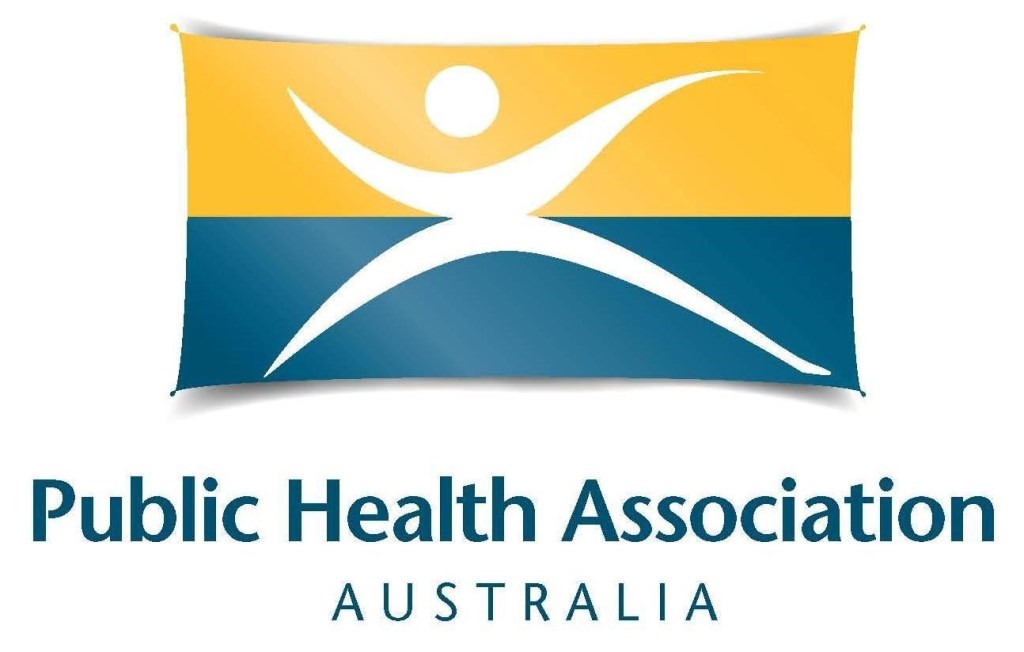Jeremy Lasek – PHAA
For the first time in nearly two years the world’s attention is about to switch from the battle against COVID-19 to the fight to control global warming.
World leaders will gather in Glasgow in the next week for the 2021 United Nations Climate Change Conference, also known as COP 26.
The experts, and there are plenty of them, say this is ‘the big one’ because every country will reveal their updated plans over how they’ll reduce their carbon emissions.
While much has been said broadly about the dangers of global warming, less has been reported specifically on the increasing risk of skin cancer.
Australia already has one of the highest rates of skin cancer in the world. Two-thirds of all Australians will have been diagnosed with some form of skin cancer by the time they’re 70, and the incidence is expected to continually increase in correlation with rising temperatures.
2003-2016 NSW Study
A study in the Australian and New Zealand Journal of Public Health investigated changes over time in sun protection behaviours, sunburn, sun exposure and shade availability in public places to help inform future skin cancer prevention policies and campaigns. The study analysed data from the NSW Population Health Survey collected between 2003 and 2016, which included approximately 15,000 respondents of all ages in each year.
It analysed changes in the frequency of four sun protection behaviours: wearing a hat, applying sunscreen, wearing protective clothing and wearing sunglasses. It also analysed changes in the ability of respondents to find shade in three public spaces – local sporting areas, outdoor swimming pools and public parks – as well as the frequency of sun exposure at times of peak UV (11am-3pm) and sunburn.
For protective behaviours, respondents were asked on a four-point scale how often over the past four weeks they (or their child) engaged in these behaviours when they were outside in the sun for more than 15 minutes. For the availability of shade in public places, respondents were asked whether it was easy (yes/no) in their local area to find shade at a particular outdoor space.
Based on the mean survey responses, wearing sunglasses was the sun protection behaviour participants engaged in most frequently across the survey years. The least frequent behaviour in 2003 was applying sunscreen, whereas wearing a hat was the least frequent behaviour in 2016. Participants reported that shade was most commonly available at public parks and least commonly available at sporting areas in each survey year.
Compared with 2003, there was an increase in sunscreen use in 2014 and 2016. Wearing protective clothing also increased over this period as did hat wearing. However, there was no change in sunglass wear over time. There was an increase in sun exposure during peak times of UV in 2014 and 2016 compared with 2003. Respondents also reported increased availability of shade in public places between 2007 and 2016. This included at local sporting areas, outdoor swimming pools and public parks.
Based on survey results, wearing sunglasses was the sun protection behaviour participants engaged in most frequently across the survey years. The least frequent behaviour in 2003 was applying sunscreen, whereas wearing a hat was the least frequent behaviour in 2016. Across the survey years, 8-12% of participants reported one or more sunburns over the past month.
Respondents reported increased availability of shade in public spaces between 2007 and 2016. This included at local sporting areas, outdoor swimming pools and public parks.
In contrast to improvements in sun protection behaviours and shade availability, the survey results demonstrated an increase in sun exposure and sunburn over the sample period among adults, particularly among females, as well as people with less socioeconomic disadvantage.
Studies across different countries have found that females are more likely to believe that tanning improves their appearance, and are more likely to engage in outdoor and indoor tanning. The study suggests “the need for programs that seek to reduce sun exposure and sunburn among females by reducing the appeal of tanning.”
The overall changes over time in sun protection behaviours were consistent for both females and males. However, while sun exposure and sunburn increased for females, for males there was no change in sun exposure and a weak positive association with sunburn.
Changes over time in sunscreen use, protective clothing and the availability of shade in public spaces were consistent across different levels of socioeconomic disadvantage. Hat wear increased among people with less socioeconomic disadvantage, but was unchanged among people with greater socioeconomic disadvantage.
Increased wearing of protective clothing was observed among adults, but among children there was a decline in 2016 compared with 2003. While there was no overall change in the wearing of sunglasses between 2007 and 2016, there was a decline in use by adolescents. Sun exposure and sunburn increased among adults but not among children or adolescents.
Conclusion
This study has shown that sun protection behaviours improved in NSW between 2003 and 2016, but this was less apparent for adolescents. However, rates of sunburn and sun exposure during times of peak UV increased over this period among adults, particularly women and with less socioeconomic disadvantage.
These results highlight an ongoing need for sun-safe policies and campaigns to improve sun protection behaviours among adolescents, and to reduce sun exposure during times of peak UV.


Leave a Reply